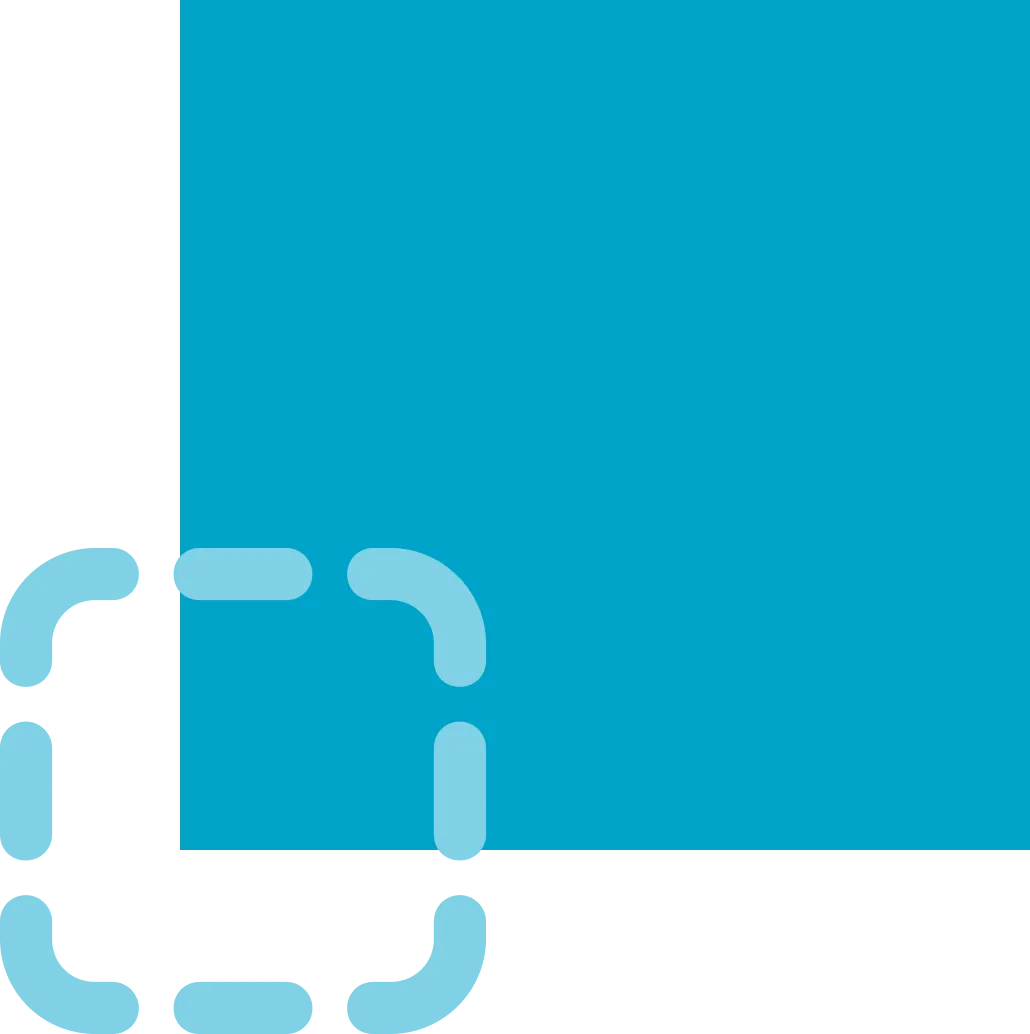Time-tested frameworks for defining the problem space in a way that leads to successful outcomes.
The most successful marketing initiatives don’t just happen. Many smart minds from a variety of disciplines and skill sets must come together at each step of a well-structured process and apply their best thinking and professionalism. But no amount of talent can bring great results if the initiative is poorly planned to begin with.
False goals, unreasonable expectations, suffocating constraints, fuzzy visions or any number of shortcomings in the project-planning process can send a team spiraling down an irreversible path toward failure. To help avoid disappointing outcomes, it’s important to remember that success begins with insightful problem definition.
Things are not always as they appear. Often, clients come to us with a specific solution in mind to what they perceive to be their problem, and are interested in us implementing that solution for them. In the course of our normal discovery, sometimes we identify an alternate way of seeing the problem that leads to a different vision for the solution than what the client had originally imagined. When this has happened, it’s because we’ve introduced additional filters, points of view and experience to perceiving the problem space that helped illuminate a bigger picture. In fact, we believe that having a big picture understanding is imperative to do a great job for our clients.
The Big Picture
What does it take to gain a big picture understanding? It’s different for every situation, but at a minimum we like to have a solid grasp on four critical areas:
- The business environment (internal and external to the organization)
- The brand
- The products and services
- The users
When reviewing the business environment, we ask questions like which products are the hottest sellers, which realize the most profit and which show the greatest potential for growth? The answers can sometimes directly challenge the preliminary preconceptions about which direction the solution should go, which is sometimes also the case when we ask about what resources are available from a people, process and technology standpoint. It’s not unusual to discover opportunities or challenges that cause a shift in thinking. When we research market dynamics relative to the client’s business, sometimes developments in government policy or trends in consumer habits can expose opportunities to innovate.
If one accepts that successful marketing should always bridge business goals with customer needs and if one accepts that accurately expressing the essence of the brand is always a business goal, then it follows that the team needs to truly understand the essence of the brand in order to properly convey it to the public. Our discovery process ensures that not only does the team understand the brand, but that the brand is well articulated in the first place. In too many instances, the brand vision is not clear enough at the highest level, which makes it necessary to redirect efforts to address shortcomings before proceeding with the challenge originally presented by the client.
It goes without saying that having a good understand of the products and services is imperative in order to sell the products or services effectively. Occasionally, during this part of our audit, some gaps and cracks appear that need to be filled. One example that is often seen is a poorly-designed product architecture. In that case, some modeling and organization needs to take place before proceeding. Other times, as previously mentioned, the focus of the team’s efforts may shift to a product or service other than what was originally planned in order to pursue a greater, untapped opportunity. Additionally, it’s not uncommon for current product offerings to be overhauled as a result of insights we may uncover during our discovery exercises. In rarer cases—but it can happen—the whole business model may shift.
Finally, but not least important by any stretch, are the users or customers. Having a thorough, empathetic understanding of what their world looks like, what it feels like to walk in their shoes, their values, frustrations, etc. can lead to the biggest ideas and possibly the most significant deviations from what project sponsors originally thought was the best answer to what seemed like a clear problem.
Where Did It Go Wrong?
It may help to review some typical reasons why so many marketing initiatives are doomed from the start. Here’s a handful of common mistakes to avoid:
- Rushing. There’s always something critical on the horizon in the eyes of the project sponsor. Sure, everyone wants to be a star, but if the upcoming event causing the time constraint gets in the way of thinking things through properly, the results can be more detrimental than beneficial.
- Assumptions. Clients know their business, but we all need to challenge ourselves to avoid being slaves to our assumptions and get appropriate input from various sources when planning initiatives. A common conception is that this will slow things down and gum up the works, but our experience proves that plans which include a good range of stakeholder input stand a better chance of success.
- False or self-serving goals. It’s important to keep our eye on what’s right for the greater good and not just what may advance a personal agenda or cover a specific derriere. How do you know when this is happening? One way to tell is when it’s way too difficult to project good ROI for the initiative. Ask for the business case. If none is produced or if you feel it’s flimsy, there may be ulterior motives at work.
- Wrong, incomplete or misunderstood data. Sometimes entire initiatives, and expensive ones at that, are predicated on data that doesn’t tell the whole picture. Quantitative data, such as those derived from web analytics solutions, can be such culprits if perceived too narrowly. Balance your quantitative data with qualitative and be sure each of the four areas mentioned above are adequately represented.
- Overdoing it in areas. Research is critical to properly framing a problem-space, but it needs to be the right research. Avoid overspending on expensive studies that evaluate the quality of a product or service that is obviously, fundamentally broken. Why pay dearly for information that, at best, will lead to superficial adjustments to an undesirable offering when you could route the money toward user research that will reveal better market opportunities?
- Define the problem, not the solution. Perhaps the hardest urge to resist is to describe the problem by outlining the solution. The more time I spend in the marketing world, the more I observe people’s inclination to think inductively—that is, they get to their point through the details from the bottom up, rather than from the top down. Inductive thinkers tend to describe objectives in terms of a solution. Even if they aren’t married to the solution as they describe it, it’s their only way to articulate their objectives. I’ve trained myself to listen for the true objectives and not interpret the project sponsor’s description of the solution literally until our due diligence is complete (which, as previously mentioned, usually shifts the vision somewhat). Not everyone takes that approach though, so it’s good practice to focus on goals, objectives, requirements and constraints in the scoping phase, and leave room for the team to explore the best solutions later in the process.
There are too many opportunities for a project to go south. Properly defining the problem-space in the planning phase by applying big picture thinking, working for the collective greater good, and including perspectives from various stakeholders, will not only get you off on the right foot, but also help you stay the course on your path to success.

